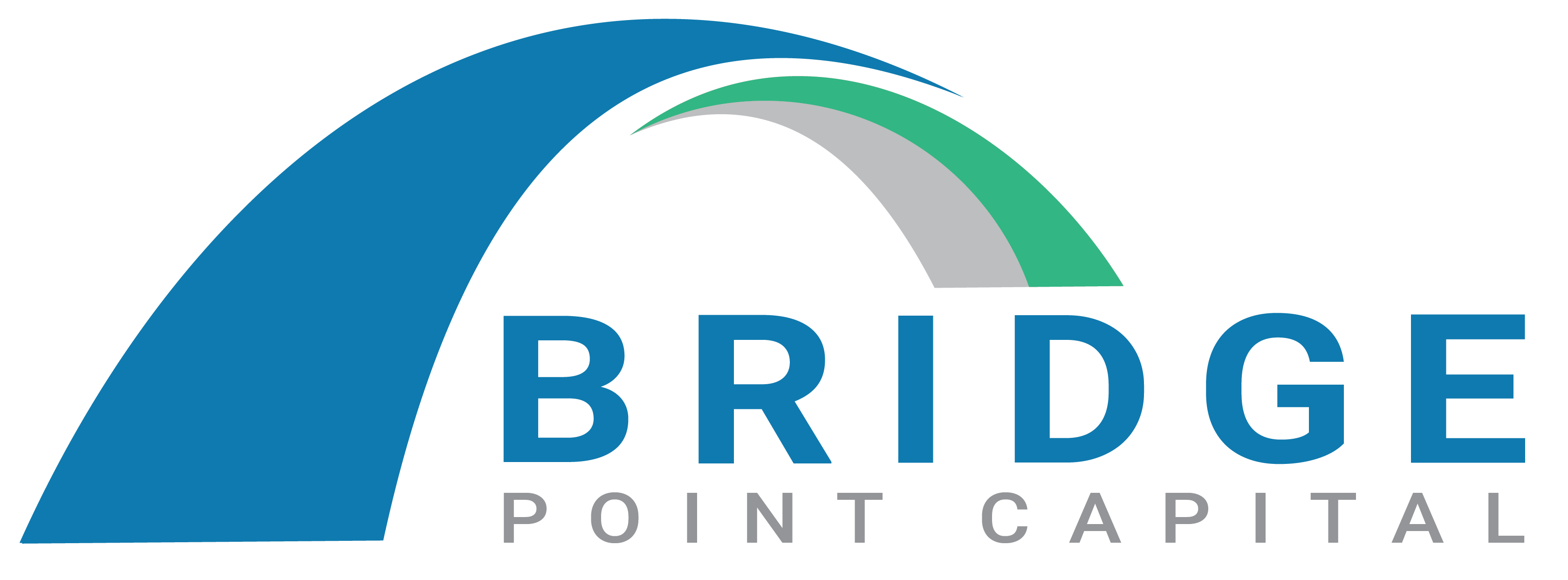SPAC vs Traditional IPO & Reverse Takeover

SPAC vs Traditional IPO
An initial public offering (IPO) or stock market launch is a type of public offering in which shares of a private company are sold to institutional investors and retail (individual) investors for the first time; an IPO is underwritten by one or more investment banks, also known as an underwriting syndicate, and may involve the listing of stocks on one or more stock exchanges. Through this process, a privately held company will be officially transformed into a public company, allowing its shares to be traded in liquid secondary markets. Initial public offerings can be used to raise new equity capital for the company concerned; create exit channels for private shareholders, such as company founders or private equity investors, to monetize their equity stakes; and to offer a liquid environment for the trading of existing stakes, as well serving as a currency for future M&A acquisitions and financial transactions.
As compared to traditional IPOs, SPAC IPOs can be significantly quicker. Due to its lack of fundamental operation, both financial statements and prospectus filed during a SPAC IPO are significantly shorter and can be prepared in a matter of weeks (compared to months for a traditional IPO). There are no historical financial results to be disclosed or assets to be described, and business risk factors are minimal. As a result, the SEC comments are usually few and normally do not require cumbersome changes. The entire SPAC IPO process can be accomplished in as soon as fifteen weeks from its starting point. On the other hand, the De-SPAC transaction involves many of the same requirements as would be applicable to an IPO of the target business, including audited financial statements and other disclosure items which may not otherwise be applicable if the target business were acquired by a public operating company.
SPAC IPOs have an unusual structure for the underwriting discount. In a traditional IPO, the underwriters typically receive a discount of around 5% of the gross IPO proceeds, which they withhold from the proceeds that are delivered at closing. In a SPAC IPO, the typical discount structure is for 2% of the gross proceeds to be paid at the closing of the IPO, with another 3.5% deposited into the trust account and payable to the underwriters on closing of the De-SPAC transaction. If no De-SPAC transaction occurs, the deferred 3.5% discount is never paid to the underwriters and is used with the rest of the trust account balance to redeem the public shares.

SPAC IPOs vs Reverse Takeovers (RTO)
A reverse takeover or reverse merger takeover is the acquisition of a public company by a private company so that the private company can obtain public status while bypassing the lengthy and complex process of a traditional IPO. The transaction typically requires the reorganization of capitalization of the acquiring company. Conversely, the private company can also be bought by the public listed company through an asset swap and share issue.
SPAC IPOs, though seemingly similar to RTOs, have multitudinous advantages over the latter in terms of structure, expenditure, and other areas. An RTO process usually requires significant transaction fees to lock down an optimal target “shell company”, and may involve additional due diligence fee paid to intermediary agencies; SPAC IPOs, however, construct blank-check companies to raise capital in order to merge private companies with high potentials, therefore bypassing the need for hefty due-diligence and transaction costs.
Even if a company gets successfully listed through an RTO, it is not guaranteed that it will reach its fund-raising target due to a lack of visibility and structural continuity. On the other hand, the adoption of a unit trading structure with a combination of common shares and stock options or warrants provides a pathway for a SPAC IPO to inject steady and consistent capital injection into the company that goes public.
In absence of a comprehensive due diligence process, an RTO process could also be extremely risky in that the “shell company” might have covert debt and legal obligations; these risks, on the other hand, are absent in a SPAC transactions since the “blank-check company” cannot utilize any capitals raised during the SPACs other than the acquisition of a target company.
